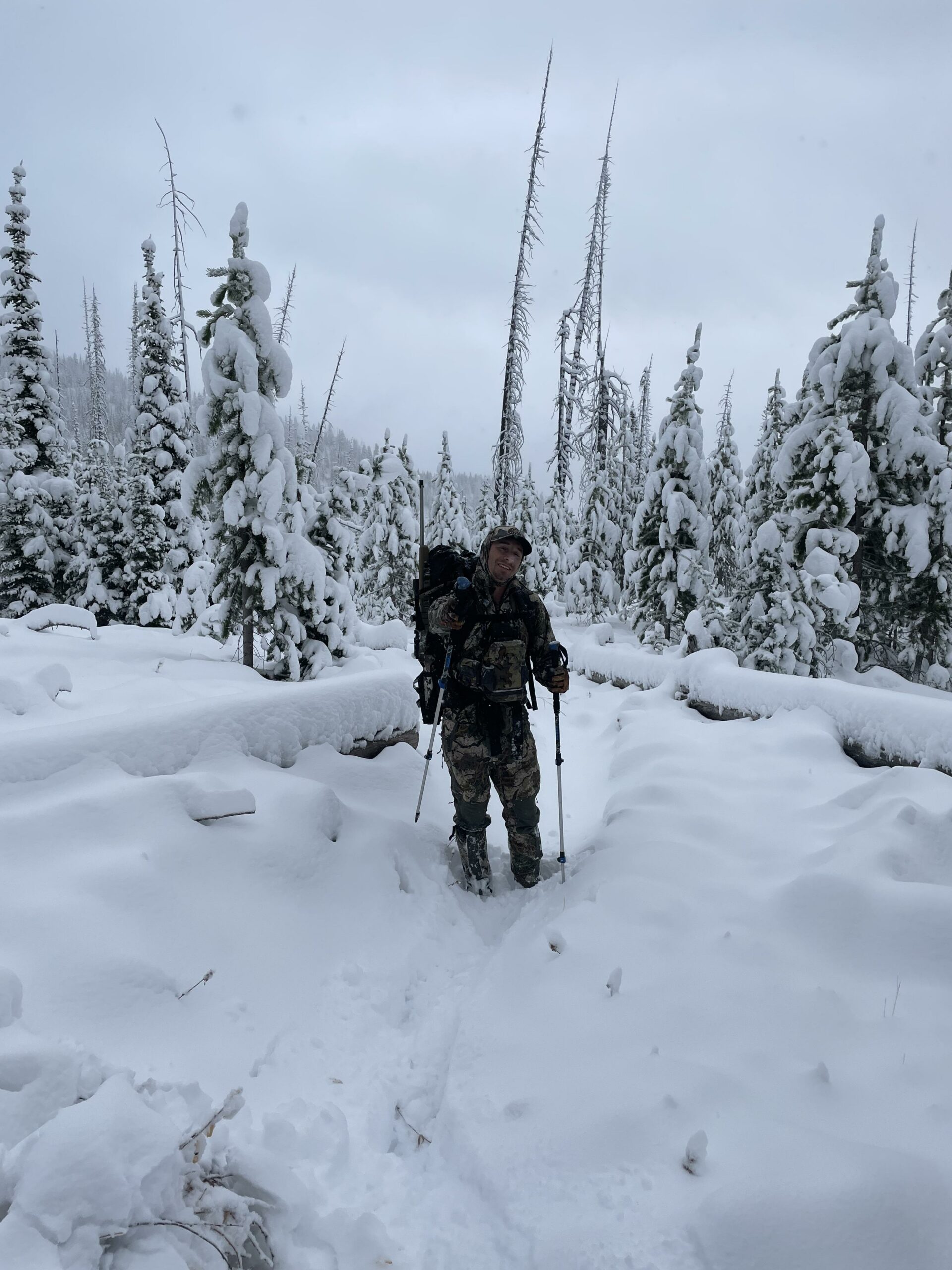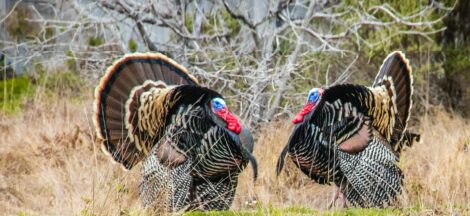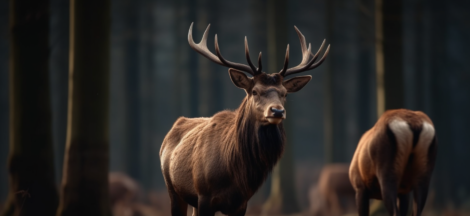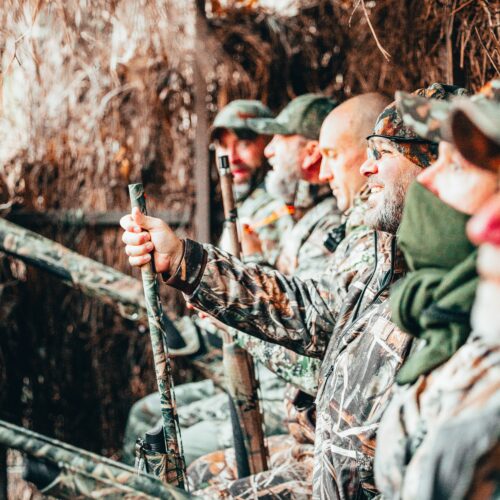Table of Contents
- Introduction
- Habitat and Behavior
- Tracks and Track Patterns
- Scat: What’s Left Behind
- Rubs and Scrapes: Telltale Signs
- Wallows and Dust Beds
- Bedding Areas and Resting Spots
- Calls and Vocalizations
- Spotting and Stalking: Putting It All Together
- Conclusion
Introduction
Elk tracking and sign identification is a cherished skill among hunters, one that takes years of experience, patience, and a deep understanding of these magnificent creatures. My love for tracking elk started decades ago, when my father took me on my first hunting trip. Since then, I’ve been fortunate enough to spend countless hours in the field, observing these animals and learning the secrets of their behavior. In this guide, I’ll share with you some of the insights and tips I’ve gathered over the years.
Habitat and Behavior
Before you can become an expert in elk tracking, you need to understand their habitat and behavior. Elk are creatures of habit, and knowing their preferred areas will give you a leg up when searching for signs of their presence. They typically reside in forests, mountains, and grasslands, with a preference for areas with ample cover and diverse plant life. One of my favorite places to find elk is in the transition zones between forest and meadow. These areas provide the best of both worlds for the elk – cover for hiding and abundant food sources. Additionally, look for water sources like streams and ponds, as elk need to drink water daily.
Tracks and Track Patterns
One of the most essential aspects of elk tracking is recognizing their tracks and track patterns. Elk tracks are typically larger than those of deer, with a distinctive heart shape, measuring about 4 to 5 inches in length. The front hooves are usually more significant and broader than the back hooves. When walking, elk tracks will show a direct register, meaning the back hoof will step almost precisely where the front hoof had been, leaving a clean and easy-to-read track.
While hunting in the backcountry, I once came across a set of tracks that told a vivid story. The elk had been moving at a leisurely pace, occasionally stopping to feed, but then the tracks suddenly shifted to a galloping pattern. I realized that the elk must have caught the scent of a predator, possibly a mountain lion, and had taken off at full speed. By recognizing the change in track patterns, I was able to piece together the story of what had transpired and predict the direction the elk had fled.
Scat: What’s Left Behind
Scat is an invaluable sign when tracking elk. Like most ungulates, elk produce pellet-shaped droppings that can provide valuable information about their diet, age, and even sex. Fresh elk scat is dark and moist, while older scat will be lighter in color and dry. The size of the pellets can vary, but they are typically about half an inch to an inch in diameter. Males tend to produce larger and more elongated pellets than females, so paying attention to these differences can help you determine the type of elk you’re tracking.
One morning, while following a set of tracks, I stumbled upon a large pile of fresh scat. This was a clear indication that I was hot on the trail of a bull elk. The scat not only confirmed that I was on the right path but also provided a sense of urgency, as I knew the elk couldn’t be too far ahead.
Rubs and Scrapes: Telltale Signs
Rubs and scrapes are two of the most iconic signs left behind by elk. A rub is created when a bull elk uses its antlers to strip the bark off of trees, primarily during the rut. Rubs serve a dual purpose: to mark territory and to help the bull shed the velvet from its antlers. Pay close attention to the height of the rub, as this can give you a rough estimate of the size of the bull. The larger the bull, the higher the rub will be on the tree.
Scrapes, on the other hand, are areas where elk have used their hooves to dig and paw at the ground, usually to expose mineral-rich soil. These spots can often be found near well-traveled trails and are an excellent indication that elk are in the area. If you find a fresh scrape, it’s a good idea to set up nearby and keep a watchful eye, as elk will often return to these spots repeatedly.
Wallows and Dust Beds
Wallows are shallow depressions in the ground, often filled with water or mud, where elk roll around and bathe themselves. Wallows are a common sight during the rut, as bulls use them to spread their scent and attract cows. If you find a fresh wallow, take note of the surrounding area and look for tracks and other signs of elk activity. This could be a prime spot for setting up an ambush.
Dust beds, on the other hand, are dry patches of ground where elk have rolled around to remove parasites and soothe irritated skin. These beds can be found in open, sandy areas and are another sign of elk activity. Be sure to examine these areas closely, as they can provide valuable information about the size and age of the elk that have been using them.
Bedding Areas and Resting Spots
Elk, like all animals, need to rest, and finding their bedding areas can give you a significant advantage in tracking them down. Bedding areas are typically found in dense cover or on elevated terrain, providing the elk with a sense of security and a good vantage point to spot potential threats. Look for areas with flattened vegetation, where the elk have laid down to rest. These spots can often be found in close proximity to food and water sources, making them ideal locations to set up and wait for the elk to return.
Calls and Vocalizations
Understanding and recognizing elk calls and vocalizations can give you a significant edge in the field. Elk are vocal animals, and their various calls can convey information about their location, mood, and intentions. Some of the most common elk vocalizations include:
- Bugle: This is the most iconic and well-known elk call, typically produced by bulls during the rut. Bugles can range from a high-pitched whistle to a deep, resonant roar, and they serve to establish dominance and attract cows. Learning to imitate the bugle can be an effective way to locate and engage with bull elk.
- Chirp: Chirps are high-pitched, short vocalizations made by both cows and calves. They are used as a form of communication within the herd, often signaling reassurance or alerting others to potential danger. Pay close attention to the frequency and intensity of chirps, as they can give you a sense of the elk’s mood and behavior.
- Bark: The bark is a loud, abrupt alarm call produced by elk when they sense danger. If you hear an elk barking, it’s a clear indication that they have detected your presence or that of another predator. Proceed with caution and be prepared to adjust your strategy.
Over the years, I’ve honed my ability to mimic elk calls, and it has become one of my most cherished hunting techniques. On one memorable occasion, I was able to engage in a bugling duel with a massive bull, luring him closer and closer until I was finally able to take the shot. The thrill of that moment is something I’ll never forget.
Spotting and Stalking: Putting It All Together
Once you’ve mastered the art of elk tracking and sign identification, it’s time to put it all together and apply these skills in the field. Spotting and stalking elk is a delicate balance of patience, persistence, and stealth. It requires keen observation, the ability to read the landscape, and the discipline to remain quiet and undetected.
Begin by scouting potential elk habitat, looking for signs of activity such as tracks, scat, rubs, and wallows. Once you’ve located an area with promising signs, set up a vantage point and use binoculars or a spotting scope to scan the terrain for elk. Keep an eye out for movement, and pay close attention to the wind direction to avoid alerting the elk to your presence.
When you spot an elk, plan your approach carefully, making use of available cover and moving slowly and silently. Remember to stay downwind, as elk have an excellent sense of smell and can detect human scent from a considerable distance. As you close the gap, watch for changes in the elk’s behavior and be prepared to adjust your strategy accordingly.
Conclusion
Elk tracking and sign identification is a skill that takes time, dedication, and a deep connection to the natural world. By learning to recognize and interpret the various signs left behind by these magnificent animals, you can elevate your hunting experience and forge a deeper bond with the wilderness. I hope that the insights and tips shared in this guide will inspire you to hone your own tracking skills and embark on countless memorable adventures in pursuit of these majestic creatures.





 2023 Shotgun Choke Comparison: Best Models for Each Type of Hunting
2023 Shotgun Choke Comparison: Best Models for Each Type of Hunting